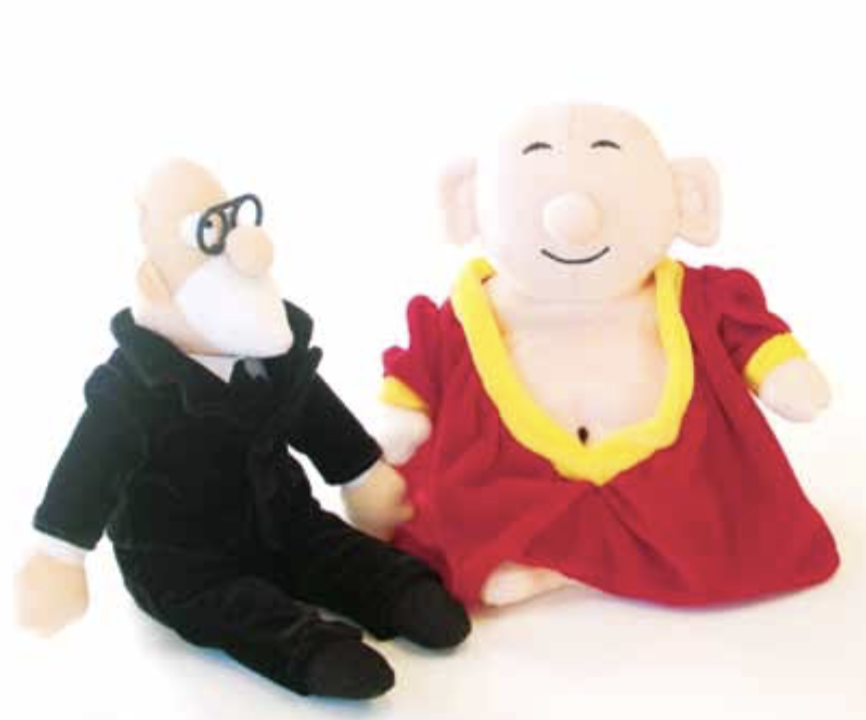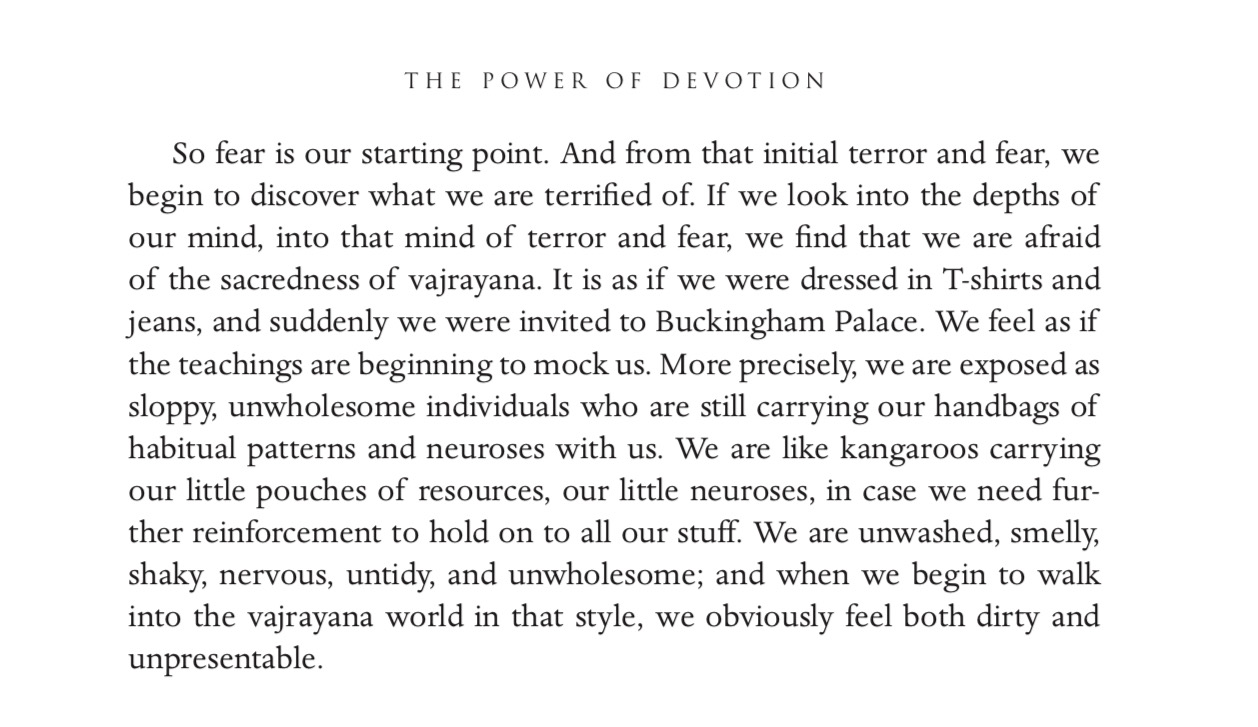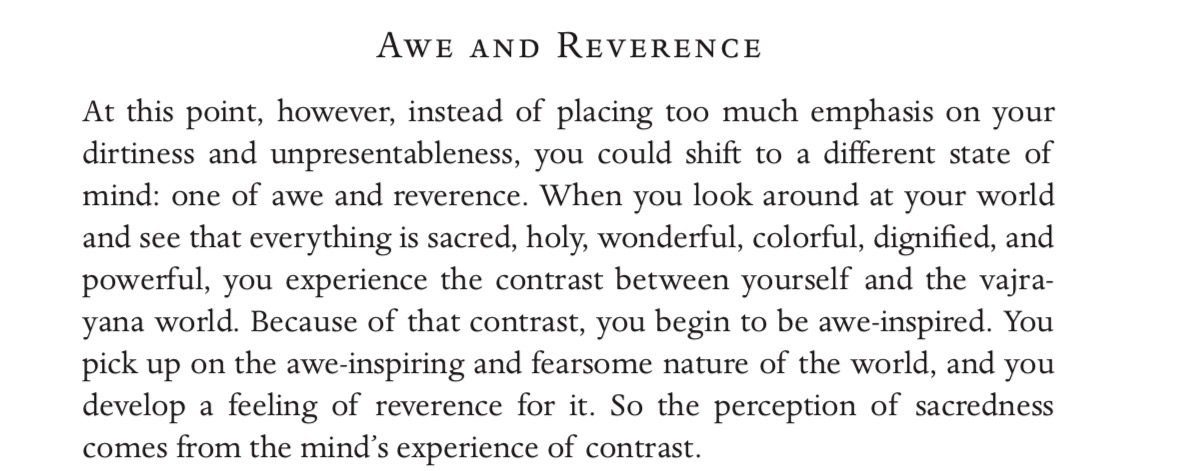
It is Friday, a statement of fact (as I write) but also a statement of ‘act’: because Fridays are the day I am now putting aside for writing. I’ve spent 5 hours of my day today in front of my Mac; in front of my Mac and also in front of my window with its view of the South Downs. I recently changed the layout of my study around so that I could benefit from this view, as it inspires me. One of the enjoyable aspects of my day has been writing and pausing to watch the trees as they move in the gusty wind today. I feel more engaged with my environment, and also more held by it. Creating the container for the creativity within.
Today has felt a good day to write. On my book project, I have come to a section I wanted to write on the importance of bringing philosophy in to therapeutic work (and therefore in the training of therapists). I value my own training for doing this: firstly because it has helped a critical engagement and reflection with the theories of therapy and with my experience of being a therapist…and of being ‘a Helen’. Secondly, coming to know a little about philosophy through my training has allowed me to consider how different philosophical systems might interact – in this instance, the humanistic and buddhistic.
And this is incredibly figural for me right now; which is why it has felt quite easy to write today. Not easy to communicate my ideas on paper, but easy to be in touch with my own process. I was able to feel my words on to paper (and then the editing process became improving its coherence for the reader). Why was the figure so clear against the ground? It helps that I have been involved in teaching the research methods module for our second year counselling students these past two weeks. In facilitating group workshops, I have been talking with students to help refine research questions, to help them each lean in to their ontology, epistemology and how that flows in to methodology. I have enjoyed hearing what they are passionate about in the field of counselling and psychotherapy, and what emerges as their research questions. It also takes me back some 7 years when I was going through the same process: I get to time travel, as it was this process that was the seed of my current book project. In watching these students, I re-visit my world view of old and to reflect upon how much that world view has evolved.
This comes at a time when I am also experiencing a transition in my buddhist path. As I explained in my most recent blog post, I am on the threshold of becoming a Vajrayana student. Just like my evolution as a therapist, my progression along the buddhist path is contingent and co-emergent with a shift in world view – how I experience ‘self’ and all ‘phenomena’. I have enjoyed plotting the parallel paths and shifts. The journey from scientist to therapist and buddhist; the shift from positivist to critical realist and on to constructivist; the expansion from Hinayana-ist to Mahayana-ist and now to Vajrayana-ist (I’m not sure the use of ‘ist’ fits, but hopefully you get my point). And it does feel an expansion rather than a growth: taking in more and more of the environment as I have less of a need for defending the ego and its territory.
Without philosophical understanding, I would not have been able to recognise or have a language for these shifts. Philosophy brings critical reflexivity, defined as the ability to embrace subjective understandings of reality as a basis for thinking more critically about the impact of our assumptions, values, and actions on others. It gives me a similar sense of what in the buddhist teachings are referred to as the three kinds of prajna (or wisdom): the wisdom of listening and hearing; the wisdom of contemplation and reflection; and the wisdom of meditation and application. In both systems, we seek to learn from the cycle of experience and reflection; and repeating this cycle. In both systems, questions are more important than answers – we are encouraged to open up rather than drill down; to engage in knowing less and therefore experiencing more.
 In writing my book to date, I have noticed several moments of ‘wobbling’; moments of feeling I don’t know enough. And this is also very evident as I consider my step in to the Vajrayana. I spoke last time about my mix of ‘sad and scared’, and these feelings remain. I shared these feelings with my meditation mentor this week, and she reassured me this is exactly what needs to be felt. The heartbreak of giving up something (for example, how I currently see myself, my life as it is, my ego!), and the fear of not knowing what happens next and not being up to it. She described the Vajrayana path as a path of dissonance. In psychology, ‘cognitive dissonance’ is understood as the mental discomfort experienced by a person when asked to hold two or more contradictory beliefs, ideas, or values. I’m understanding what my meditation mentor described as the predicted discomfort of holding two levels of reality encountered on the buddhist path: the relative ‘realness’ of the everyday, ordinary and mundane; and the simultaneous ‘absolute’ of life’s sacred nature. In my preparatory reading for my trip to the US at the weekend, I have been reading what Chogyam Trungpa Rinpoche has to say about entering the Vajrayana…
In writing my book to date, I have noticed several moments of ‘wobbling’; moments of feeling I don’t know enough. And this is also very evident as I consider my step in to the Vajrayana. I spoke last time about my mix of ‘sad and scared’, and these feelings remain. I shared these feelings with my meditation mentor this week, and she reassured me this is exactly what needs to be felt. The heartbreak of giving up something (for example, how I currently see myself, my life as it is, my ego!), and the fear of not knowing what happens next and not being up to it. She described the Vajrayana path as a path of dissonance. In psychology, ‘cognitive dissonance’ is understood as the mental discomfort experienced by a person when asked to hold two or more contradictory beliefs, ideas, or values. I’m understanding what my meditation mentor described as the predicted discomfort of holding two levels of reality encountered on the buddhist path: the relative ‘realness’ of the everyday, ordinary and mundane; and the simultaneous ‘absolute’ of life’s sacred nature. In my preparatory reading for my trip to the US at the weekend, I have been reading what Chogyam Trungpa Rinpoche has to say about entering the Vajrayana…

Time to write is my ground, path and fruition of the three prajnas. I write so I hear myself out loud; and in hearing myself I get the distance to reflect; and in reflecting, I get to try things on for size and see how they match with my experience. I will keep writing over the coming week: as I travel on trains, planes, and (uber) mobiles. Time to attempt the digestion of all that is going on for me right now.
